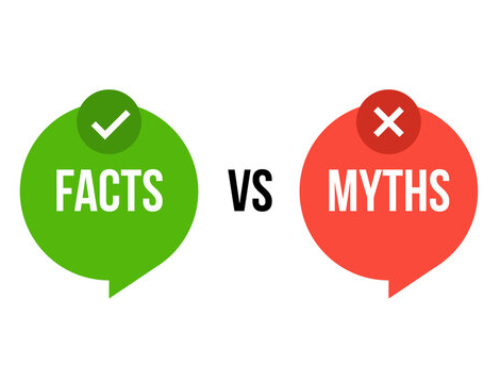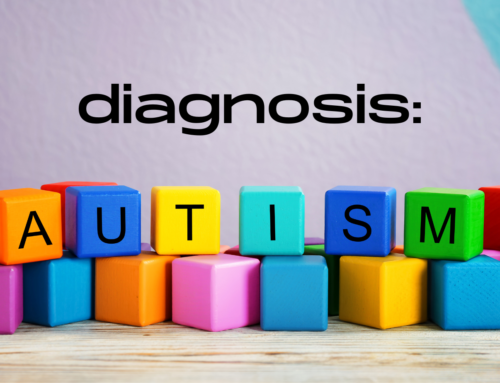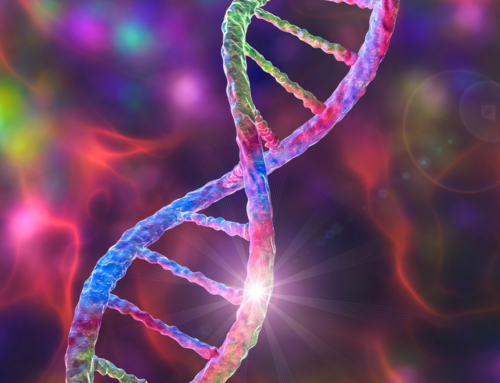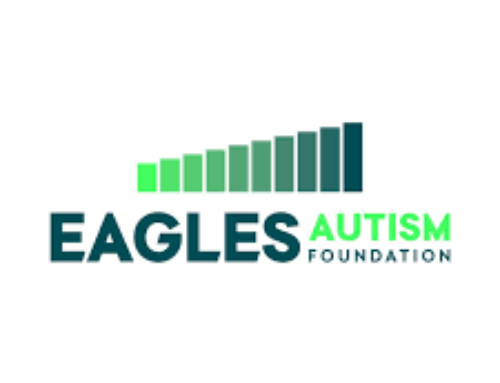A research collaboration called EU-AIMS will scan hundreds of brains and could lead to the first
drug treatments for autism.
Much of today’s research involves big data and big projects – think of the thousands of physicists working at the Large Hadron Collider, or the global collaboration that was integral to the success of the Human Genome Project. In the field of psychiatry, however, large-scale research is still in its infancy. So despite the fact that one in every hundred people is affected by autism – for which there is no effective treatment – there was no European strategy to coordinate research or drug discovery.
To help remedy this, the EU-AIMS consortium was set up to bring together researchers under the largest single grant for autism in the world. Later this year, the Institute of Psychiatry in London, Cambridge University, and four other research centers across Europe will begin brain-scanning for one of the consortium’s major clinical projects.
The goal is to scan the brains of 450 people with autism and 300 controls using magnetic resonance imaging (MRI). Nothing on this scale has been attempted before, and the hope is that it will pave the way for new treatments for autism and facilitate earlier diagnosis.
Autism is notoriously difficult to characterize, partly because of the wide spectrum of people it encompasses and also because its medical definition is still evolving. Leo Kanner, an American child psychiatrist, was the first to use the word “autism” in its modern sense in 1943, and his description of children with difficulties understanding social situations, coupled with language problems and obsessive interests (in things like numbers, patterns or spinning objects), still largely holds today.
The autism spectrum is extremely wide, ranging from those who can lead independent lives (and may even benefit from certain autistic traits, for example in scientific professions), to those with severe learning difficulties who can barely function in our highly social world. The net is so wide that some researchers prefer to think in terms of different “autisms” rather than a single autism.
Read the whole story at theGuardian.com






